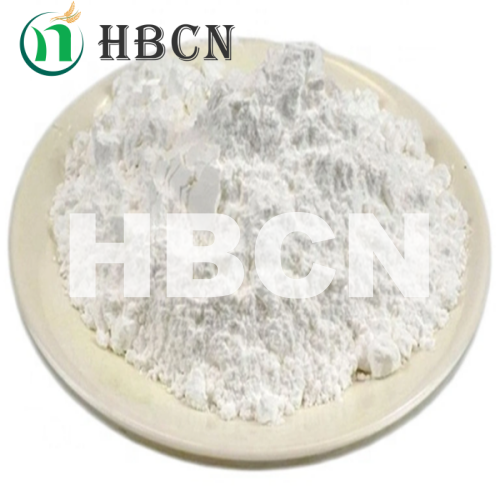
ديسمبر . 14, 2024 02:25 Back to list
chlorpyrifos granular
Chlorpyrifos Granular An Overview of Its Use and Environmental Impact
Chlorpyrifos is a broad-spectrum insecticide that has been employed extensively in agriculture for pest control. Known for its effectiveness against a variety of insects, chlorpyrifos is often formulated in granular form to provide a controlled release of the active ingredient. This enables targeted application in fields, gardens, and around structures to manage pest populations effectively. However, the use of chlorpyrifos has increasingly come under scrutiny due to its potential environmental and health impacts.
Chlorpyrifos Granular An Overview of Its Use and Environmental Impact
However, the chemical nature of chlorpyrifos raises concerns. It is an organophosphate, a class of chemicals that work by inhibiting acetylcholinesterase, an essential enzyme for the proper functioning of the nervous system in both insects and humans. As a result, there are fears regarding the potential health risks for agricultural workers and those living near treated areas. Exposure to chlorpyrifos has been linked to a range of health issues, including developmental problems in children, cognitive deficits, and various neurological disorders.
chlorpyrifos granular

The environmental impact of granular chlorpyrifos is another critical concern. When applied to fields, there is a risk of runoff during rainfall events, which can lead to contamination of nearby water bodies. Aquatic organisms, such as fish and amphibians, are particularly vulnerable to the effects of chlorpyrifos, as it can disrupt their endocrine systems and lead to population declines. Additionally, non-target insect species, including beneficial insects like bees, are also at risk, raising alarms within the agricultural community regarding biodiversity loss.
Recognizing these concerns, regulatory bodies around the world have taken steps to limit or ban the use of chlorpyrifos. In the United States, the Environmental Protection Agency (EPA) has made moves to restrict its agricultural use due to the growing body of evidence linking chlorpyrifos to adverse health effects. Similar actions have been observed in the European Union and other countries, where alternatives are being sought to replace traditional methods of pest control.
The shift away from chlorpyrifos-based products has prompted a surge in interest for integrated pest management (IPM) strategies, which emphasize the use of multiple control methods, including biological control and cultural practices, rather than relying solely on chemical insecticides. These practices not only aim to protect crops but also strive to maintain ecological balance and safeguard public health.
In conclusion, while granular chlorpyrifos has proven effective in controlling pest populations in agriculture, its potential impacts on human health and the environment cannot be overlooked. As awareness of these issues continues to grow, the agricultural sector must adapt by embracing safer and more sustainable practices. This transition is crucial not only for the health of agricultural workers and local communities but also for the preservation of biodiversity and ecosystem integrity in an increasingly fragile world. The future of pest management will likely rely on innovative approaches that minimize risks while ensuring food security and environmental stewardship.
-
Azoxystrobin: Broad-Spectrum Fungicide Solutions
NewsAug.11,2025
-
Best EPA Boscalid: Superior Crop Fungicide for Max Yields
NewsAug.11,2025
-
Best Willowood Imidacloprid: Superior Pest Control Solutions
NewsAug.10,2025
-
Best EPA Boscalid Fungicide: Ultimate Crop Protection
NewsAug.09,2025
-
Cyprodinil Fungicide: Broad-Spectrum Crop Protection
NewsAug.08,2025
-
Tembotrione Herbicide: Advanced 8% OD for Broad Spectrum
NewsAug.07,2025
